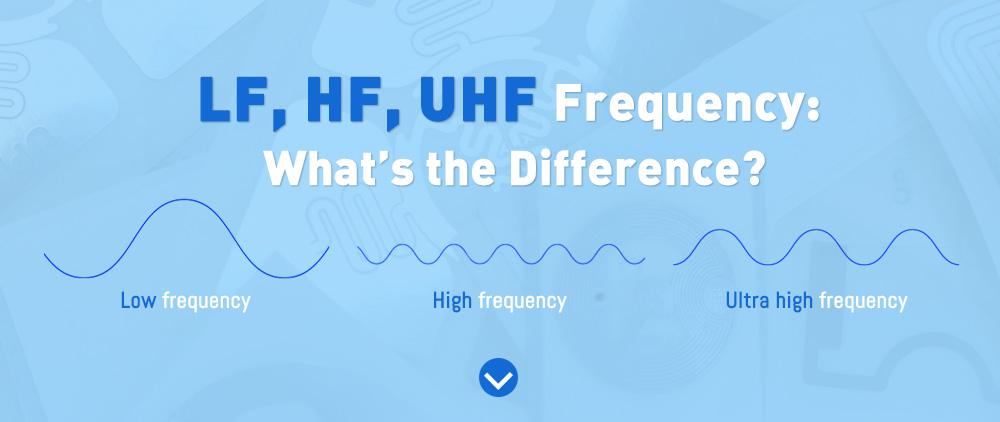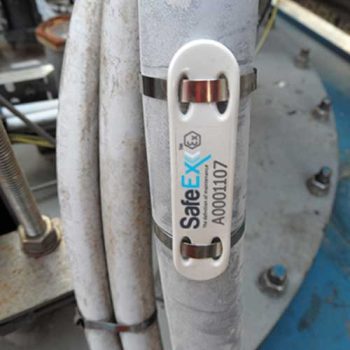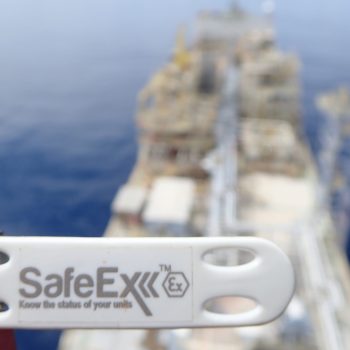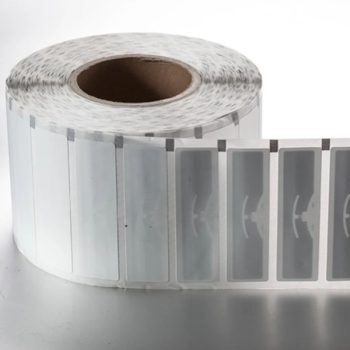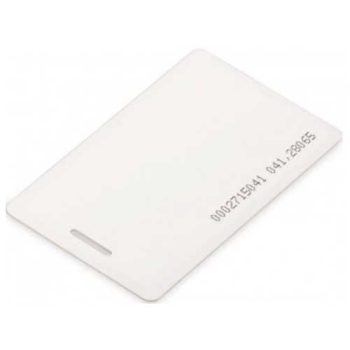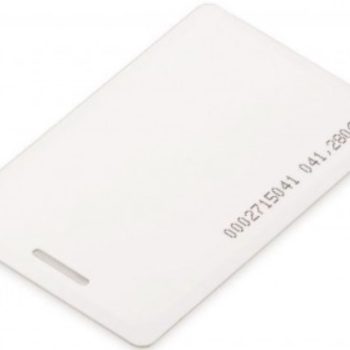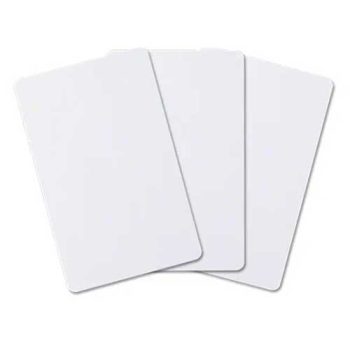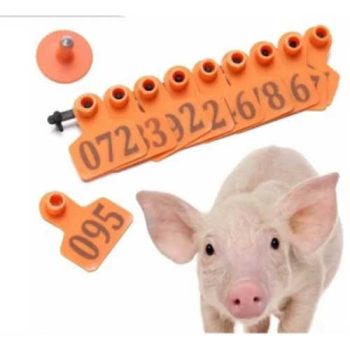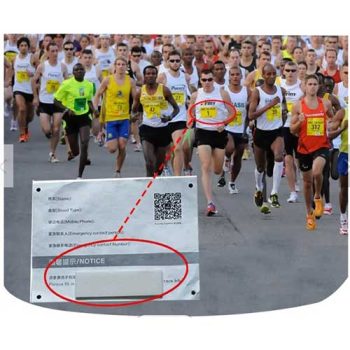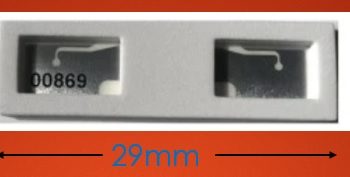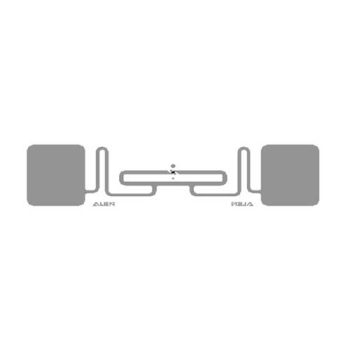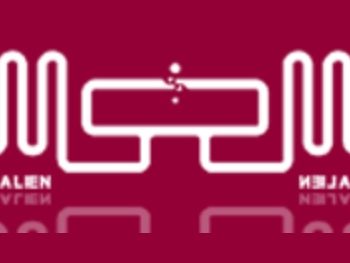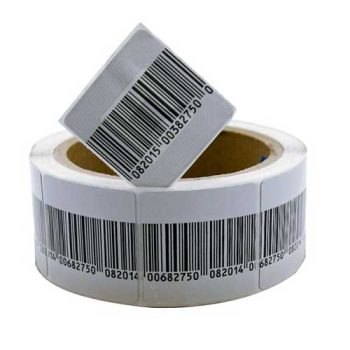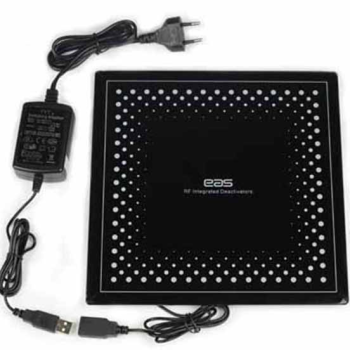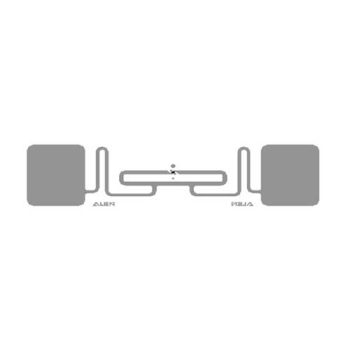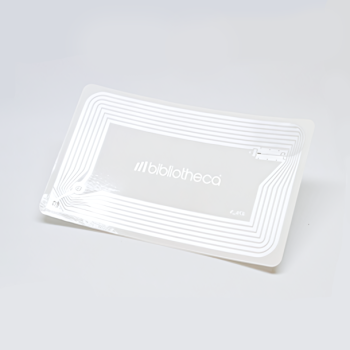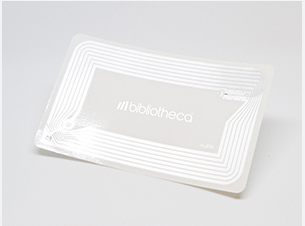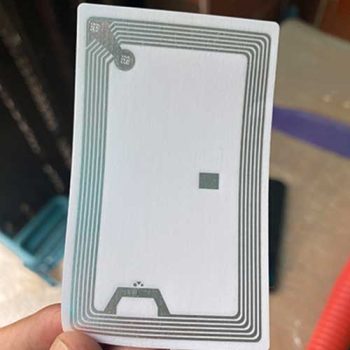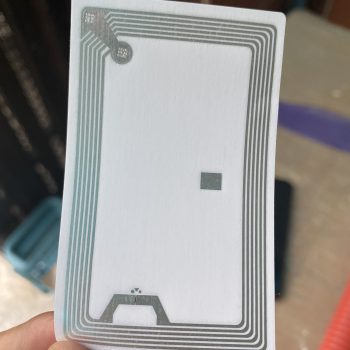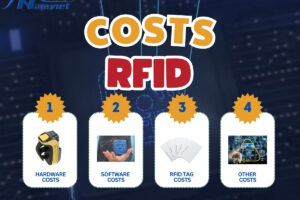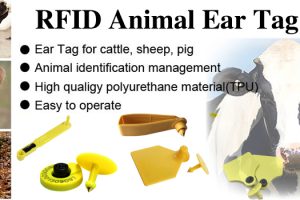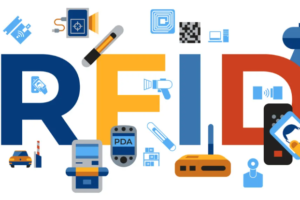RFID offers many practical benefits for businesses, helping to optimize processes, minimize errors, and improve work productivity. So, what is RFID frequency? How do you choose an RFID frequency that suits your usage needs? … The following information from IT Nam Viet will help readers better understand RFID solutions, so stay tuned!

What is RFID Frequency?
RFID frequency is the radio wave frequency that an RFID system uses to communicate between RFID tags and RFID readers. The unit of frequency measurement is usually MHz or GHz, etc. RFID frequency directly affects many important factors in an RFID system, such as read range, read speed, ability to penetrate obstacles, and RFID technology applications. This means that choosing the wrong RFID frequency will lead to poor performance, potential cost overruns, and negatively impact the operational efficiency of the business.
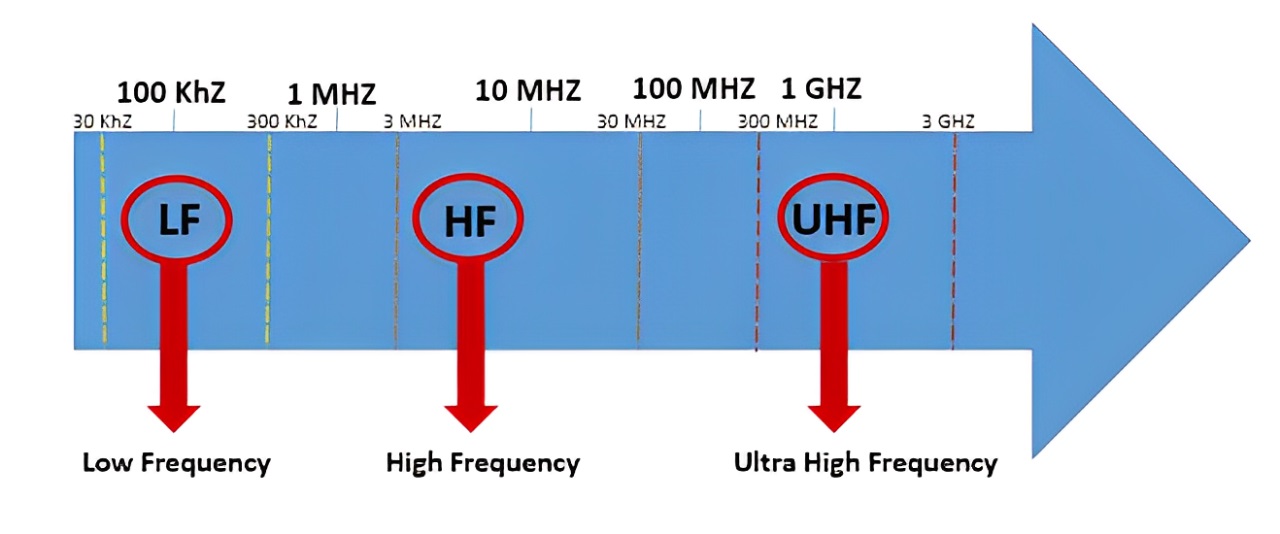
Types of RFID Frequencies
Before deciding on the appropriate RFID frequency for your system, you need to clearly understand the following three main frequency bands:
Low Frequency RFID (LF): 125 kHz – 134 kHz
LF RFID has the ability to be “immune” when passing through water or metal environments. This is one of the outstanding advantages of LF RFID tags that few users pay attention to. Low-frequency RFID is often used in tracking and managing livestock, or in some factory and plant automation applications.
However, low-frequency RFID has a short transmission range, typically only a few centimeters to a few meters. Additionally, the data transfer speed is also a limitation of this type of RFID frequency, which significantly restricts its application scope.
High Frequency RFID (HF): 13.56 MHz
The HF RFID frequency is widely used in businesses today. It is considered a “national” RFID frequency, suitable for payment and access control applications. This frequency has the advantage of better transmission distance and data transfer speed compared to LF RFID.
However, if operating in liquid or metal environments, HF RFID tags are often subject to interference, which affects the operating performance of the RFID system.
Ultra-High Frequency RFID (UHF): 856 MHz – 960 MHz
The UHF frequency has the longest transmission distance among the three RFID frequency bands, potentially reaching up to 12 meters, and offers high data transfer speeds. It is commonly used in operations, supply chain management, or vehicle tracking, etc. However, signals from the UHF frequency are often affected by the environment, especially when operating in liquid or metal environments.
Comparison Table of RFID Frequency Types
To gain a more comprehensive and clearer understanding of the different types of RFID frequencies, please refer to our comparison table below:
| Comparison Criteria | Low Frequency RFID (LF) | High Frequency RFID (HF) | Ultra-High Frequency RFID (UHF) |
|---|---|---|---|
| Read Range (Transmission Distance) | Short, from a few centimeters | Medium, a few cm to a few meters | Long, can reach up to 12 meters |
| Data Transfer Speed | Low | Medium | High |
| Advantages of RFID Frequency | Operates stably in various environments, including liquids and metals | Widely used in many fields, especially payment and security | Long data transmission distance, fastest transmission speed |
| Applications of RFID Frequency | RFID applications in livestock farming, factory automation, etc. | Elevator access cards, smart cards, security systems, employee ID cards, etc. | RFID applications in Logistics, RFID labels for vehicle tracking, etc. |
How to Choose the Right RFID Frequency for Your Business Needs
Selecting the appropriate RFID frequency requires careful consideration of several related factors, specifically including:
Identify the Environment for RFID Technology Application
The operating environment will significantly impact the performance of RFID tags. Therefore, before choosing an RFID frequency, you need to consider whether the operating environment has the presence of metal or liquids, and then select the appropriate frequency type. For environments with metal or liquids, you should prioritize choosing LF RFID frequency and avoid UHF RFID frequency, as this will cause interference.
Requirements for Read Range and Specific Application
You need to clearly define the specific application: what you want to identify and track, in what environment, and what the required read range is. If you want to apply RFID in employee timekeeping management, access control, etc., then the HF RFID frequency would be the preferred choice. In case you want to track vehicles or apply RFID in transportation or RFID in supply chain management, then you should use the UHF RFID frequency.
IT Nam Viet is always ready to listen to and analyze the specific needs of each business. From there, we will provide advice on the most suitable RFID frequency. With over 10+ years of experience, we also recommend that customers survey the actual deployment environment to assess factors that may hinder the operation of the RFID system.
Consider Regional Regulatory Standards
Accordingly, RFID frequency regulations differ across regions. For example, in the United States, the frequency range of 902 MHz to 928 MHz is commonly used, while Europe uses the range of 865 MHz to 868 MHz. Therefore, if your business operates globally, it is important to ensure that RFID tags and RFID readers can operate legally in different regions. At IT Nam Viet, we always update and comply with all legal regulatory standards related to RFID system deployment, ensuring that the projects we undertake are legal and safe.
Evaluate the Implementation Costs of the RFID System
In reality, RFID costs depend on many factors, including the RFID frequency. Typically, LF RFID has a lower cost compared to HF and UHF RFID systems. However, business owners need to consider the total investment cost and the long-term benefits the system provides, thereby making the most informed decision. IT Nam Viet is committed to providing customers with high-quality RFID solutions at the best cost in the market, while also ensuring superior performance and durability for system devices.
IT Nam Viet – A Reputable Provider of RFID Solutions
With over 10+ years of experience in the field of information technology, IT Nam Viet has established itself as a leading and reputable RFID solution provider in Vietnam. We have implemented hundreds of projects of various scales across multiple industries, from manufacturing and retail to RFID in healthcare management.
At IT Nam Viet, we offer a diverse range of RFID tags with LF, HF, and UHF frequencies, in various shapes, sizes, and materials. We can customize them according to the specific requirements of our customers.
In addition, we provide comprehensive RFID solutions, including RFID readers, RFID tags, RFID printers, RFID management software, etc. IT Nam Viet’s team of experienced experts is ready to advise and support customers, from choosing the right RFID frequency to designing, deploying, maintaining, and upgrading RFID systems.
Choosing the appropriate RFID frequency is a crucial step in ensuring the success of the entire system, helping to optimize management processes, improve operational efficiency, and increase competitive advantages over competitors. If you need consultation on RFID solutions, please contact IT Nam Viet via Hotline (+84) 962.888.179!
My name is Le Nam Viet, currently FOUNDER & CEO of Nam Viet IT Company, I graduated from Ho Chi Minh Polytechnic University. I have more than 3 years of experience providing RFID chip technology solutions, RFID scanners, barcode labels and barcode readers. It’s a pleasure to share my knowledge with readers.



 Tiếng Việt
Tiếng Việt